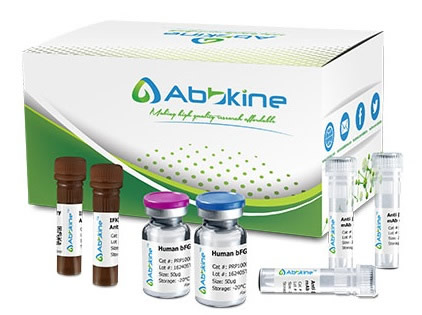Prostaglandin E2 (PGE2), also known as dinoprostone, is a naturally occurring prostaglandin which is used as a medication. As a medication it is used in labor induction, bleeding after delivery, termination of pregnancy, and in newborn babies to keep the ductus arteriosus open.In babies it is used in those with congenital heart defects until surgery can be carried out. It may be used within the vagina or by injection into a vein.Common side effects include vomiting, fever, diarrhea, and excessive uterine contraction. In babies there may be decreased breathing and low blood pressure. Care should be taken in people with asthma or glaucoma and it is not recommended in those who have had a prior C-section. Prostaglandin E2 is in the oxytocics family of medications. It works by binding and activating the prostaglandin E2 receptor which results in the opening and softening of the cervix and dilation of blood vessels.Prostaglandin E2 was first made in 1970 and approved for medical use in the United States in 1977. It is on the World Health Organization's List of Essential Medicines, the most effective and safe medicines needed in a health system. In the United Kingdom a dose costs the NHS about 8.50 to 30.00 pounds. In the United States a course of treatment costs more than 200 USD.Prostaglandin E2 works as well as prostaglandin E1 in babies; however, is much less expensive.
Canine Prostaglandin E2 (PG-E2) ELISA Kit employs a two-site sandwich ELISA to quantitate PG-E2 in samples. An antibody specific for PG-E2 has been pre-coated onto a microplate. Standards and samples are pipetted into the wells and anyPG-E2 present is bound by the immobilized antibody. After removing any unbound substances, a biotin-conjugated antibody specific for PG-E2 is added to the wells. After washing, Streptavidin conjugated Horseradish Peroxidase (HRP) is added to the wells. Following a wash to remove any unbound avidin-enzyme reagent, a substrate solution is added to the wells and color develops in proportion to the amount of PG-E2 bound in the initial step. The color development is stopped and the intensity of the color is measured.
Canine Prostaglandin E2 (PG-E2) ELISA Kit listed herein is for research use only and is not intended for use in human or clinical diagnosis. Suggested applications of our products are not recommendations to use our products in violation of any patent or as a license. We cannot be responsible for patent infringements or other violations that may occur with the use of this product.
bio-equip.cn




